-
EXECUTIVE SUMMARY
-
MARKET INTRODUCTION
-
Definition
-
Scope of the Study
- Research Objective
- Assumptions
- Limitations
-
RESEARCH METHODOLOGY
-
Overview
-
Data Mining
-
Secondary Research
-
Primary Research
- Primary Interviews and Information Gathering Process
- Breakdown of Primary Respondents
-
Forecasting Model
-
Market Size Estimation
- Bottom-Up Approach
- Top-Down Approach
-
Data Triangulation
-
Validation
-
MARKET DYNAMICS
-
Overview
-
Drivers
-
Restraints
-
Opportunities
-
MARKET FACTOR ANALYSIS
-
Value Chain Analysis
-
Porter’s Five Forces Analysis
- Bargaining Power of Suppliers
- Bargaining Power of Buyers
- Threat of New Entrants
- Threat of Substitutes
- Intensity of Rivalry
-
COVID-19 Impact Analysis
- Market Impact Analysis
- Regional Impact
- Opportunity and Threat Analysis
-
GLOBAL IN-GAME ADVERTISING MARKET, BY TYPE
-
Overview
-
Static Ads
-
Dynamic Ads
-
Advergaming
-
GLOBAL IN-GAME ADVERTISING MARKET, BY DEVICE TYPE
-
Overview
-
PC/Laptop
-
Smartphone/Tablet
-
GLOBAL IN-GAME ADVERTISING MARKET, BY REGION
-
Overview
-
North America
- U.S.
- Canada
-
Europe
- Germany
- France
- U.K
- Italy
- Spain
- Rest of Europe
-
Asia-Pacific
- China
- India
- Japan
- South Korea
- Australia
- Rest of Asia-Pacific
-
Rest of the World
- Middle East
- Africa
- Latin America
-
COMPETITIVE LANDSCAPE
-
Overview
-
Competitive Analysis
-
Market Share Analysis
-
Major Growth Strategy in the Global In-Game Advertising Market,
-
Competitive Benchmarking
-
Leading Players in Terms of Number of Developments in the Global In-Game Advertising Market,
-
Key developments and Growth Strategies
- New TYPE Launch/Device Type Deployment
- Merger & Acquisitions
- Joint Ventures
-
Major Players Financial Matrix
- Sales & Operating Income, 2022
- Major Players R&D Expenditure. 2022
-
COMPANY PROFILES
-
Alphabet Inc.
- Company Overview
- Financial Overview
- TYPEs Offered
- Key Developments
- SWOT Analysis
- Key Strategies
-
Anzu Virtual Reality Ltd.
- Company Overview
- Financial Overview
- TYPEs Offered
- Key Developments
- SWOT Analysis
- Key Strategies
-
Blizzard Entertainment Inc.
- Company Overview
- Financial Overview
- TYPEs Offered
- Key Developments
- SWOT Analysis
- Key Strategies
-
Electronic Arts Inc.
- Company Overview
- Financial Overview
- TYPEs Offered
- Key Developments
- SWOT Analysis
- Key Strategies
-
MediaSpike Inc.
- Company Overview
- Financial Overview
- TYPEs Offered
- Key Developments
- SWOT Analysis
- Key Strategies
-
IRONSOURCE LTD.
- Company Overview
- Financial Overview
- TYPEs Offered
- Key Developments
- SWOT Analysis
- Key Strategies
-
MOTIVE INTERACTIVE INC.
- Company Overview
- Financial Overview
- TYPEs Offered
- Key Developments
- SWOT Analysis
- Key Strategies
-
Playwire LLC.
- Company Overview
- Financial Overview
- TYPEs Offered
- Key Developments
- SWOT Analysis
- Key Strategies
-
RapidFire Inc.
- Company Overview
- Financial Overview
- TYPEs Offered
- Key Developments
- SWOT Analysis
- Key Strategies
-
WPP Plc.
- Company Overview
- Financial Overview
- TYPEs Offered
- Key Developments
- SWOT Analysis
- Key Strategies
-
APPENDIX
-
References
-
Related Reports
-
-
LIST OF TABLES
-
GLOBAL IN-GAME ADVERTISING MARKET, SYNOPSIS, 2018-2032
-
GLOBAL IN-GAME ADVERTISING MARKET, ESTIMATES & FORECAST, 2018-2032 (USD BILLION)
-
GLOBAL IN-GAME ADVERTISING MARKET, BY TYPE, 2018-2032 (USD BILLION)
-
GLOBAL IN-GAME ADVERTISING MARKET, BY DEVICE TYPE, 2018-2032 (USD BILLION)
-
NORTH AMERICA IN-GAME ADVERTISING MARKET, BY TYPE, 2018-2032 (USD BILLION)
-
NORTH AMERICA IN-GAME ADVERTISING MARKET, BY DEVICE TYPE, 2018-2032 (USD BILLION)
-
NORTH AMERICA IN-GAME ADVERTISING MARKET, BY COUNTRY, 2018-2032 (USD BILLION)
-
U.S. IN-GAME ADVERTISING MARKET, BY TYPE, 2018-2032 (USD BILLION)
-
U.S. IN-GAME ADVERTISING MARKET, BY DEVICE TYPE, 2018-2032 (USD BILLION)
-
CANADA IN-GAME ADVERTISING MARKET, BY TYPE, 2018-2032 (USD BILLION)
-
CANADA IN-GAME ADVERTISING MARKET, BY DEVICE TYPE, 2018-2032 (USD BILLION)
-
EUROPE IN-GAME ADVERTISING MARKET, BY TYPE, 2018-2032 (USD BILLION)
-
EUROPE IN-GAME ADVERTISING MARKET, BY DEVICE TYPE, 2018-2032 (USD BILLION)
-
EUROPE IN-GAME ADVERTISING MARKET, BY COUNTRY, 2018-2032 (USD BILLION)
-
GERMANY IN-GAME ADVERTISING MARKET, BY TYPE, 2018-2032 (USD BILLION)
-
GERMANY IN-GAME ADVERTISING MARKET, BY DEVICE TYPE, 2018-2032 (USD BILLION)
-
FRANCE IN-GAME ADVERTISING MARKET, BY TYPE, 2018-2032 (USD BILLION)
-
FRANCE IN-GAME ADVERTISING MARKET, BY DEVICE TYPE, 2018-2032 (USD BILLION)
-
ITALY IN-GAME ADVERTISING MARKET, BY TYPE, 2018-2032 (USD BILLION)
-
ITALY IN-GAME ADVERTISING MARKET, BY DEVICE TYPE, 2018-2032 (USD BILLION)
-
SPAIN IN-GAME ADVERTISING MARKET, BY TYPE, 2018-2032 (USD BILLION)
-
SPAIN IN-GAME ADVERTISING MARKET, BY DEVICE TYPE, 2018-2032 (USD BILLION)
-
U.K IN-GAME ADVERTISING MARKET, BY TYPE, 2018-2032 (USD BILLION)
-
U.K IN-GAME ADVERTISING MARKET, BY DEVICE TYPE, 2018-2032 (USD BILLION)
-
REST OF EUROPE IN-GAME ADVERTISING MARKET, BY TYPE, 2018-2032 (USD BILLION)
-
REST OF EUROPE IN-GAME ADVERTISING MARKET, BY DEVICE TYPE, 2018-2032 (USD BILLION)
-
ASIA PACIFIC IN-GAME ADVERTISING MARKET, BY TYPE, 2018-2032 (USD BILLION)
-
ASIA PACIFIC IN-GAME ADVERTISING MARKET, BY DEVICE TYPE, 2018-2032 (USD BILLION)
-
ASIA PACIFIC IN-GAME ADVERTISING MARKET, BY COUNTRY, 2018-2032 (USD BILLION)
-
JAPAN IN-GAME ADVERTISING MARKET, BY TYPE, 2018-2032 (USD BILLION)
-
JAPAN IN-GAME ADVERTISING MARKET, BY DEVICE TYPE, 2018-2032 (USD BILLION)
-
CHINA IN-GAME ADVERTISING MARKET, BY TYPE, 2018-2032 (USD BILLION)
-
CHINA IN-GAME ADVERTISING MARKET, BY DEVICE TYPE, 2018-2032 (USD BILLION)
-
INDIA IN-GAME ADVERTISING MARKET, BY TYPE, 2018-2032 (USD BILLION)
-
INDIA IN-GAME ADVERTISING MARKET, BY DEVICE TYPE, 2018-2032 (USD BILLION)
-
AUSTRALIA IN-GAME ADVERTISING MARKET, BY TYPE, 2018-2032 (USD BILLION)
-
AUSTRALIA IN-GAME ADVERTISING MARKET, BY DEVICE TYPE, 2018-2032 (USD BILLION)
-
SOUTH KOREA IN-GAME ADVERTISING MARKET, BY TYPE, 2018-2032 (USD BILLION)
-
SOUTH KOREA IN-GAME ADVERTISING MARKET, BY DEVICE TYPE, 2018-2032 (USD BILLION)
-
REST OF ASIA-PACIFIC IN-GAME ADVERTISING MARKET, BY TYPE, 2018-2032 (USD BILLION)
-
REST OF ASIA-PACIFIC IN-GAME ADVERTISING MARKET, BY DEVICE TYPE, 2018-2032 (USD BILLION)
-
REST OF WORLD IN-GAME ADVERTISING MARKET, BY TYPE, 2018-2032 (USD BILLION)
-
REST OF WORLD IN-GAME ADVERTISING MARKET, BY DEVICE TYPE, 2018-2032 (USD BILLION)
-
REST OF WORLD IN-GAME ADVERTISING MARKET, BY COUNTRY, 2018-2032 (USD BILLION)
-
MIDDLE EAST IN-GAME ADVERTISING MARKET, BY TYPE, 2018-2032 (USD BILLION)
-
MIDDLE EAST IN-GAME ADVERTISING MARKET, BY DEVICE TYPE, 2018-2032 (USD BILLION)
-
AFRICA IN-GAME ADVERTISING MARKET, BY TYPE, 2018-2032 (USD BILLION)
-
AFRICA IN-GAME ADVERTISING MARKET, BY DEVICE TYPE, 2018-2032 (USD BILLION)
-
LATIN AMERICA IN-GAME ADVERTISING MARKET, BY TYPE, 2018-2032 (USD BILLION)
-
LATIN AMERICA IN-GAME ADVERTISING MARKET, BY DEVICE TYPE, 2018-2032 (USD BILLION)
-
-
LIST OF FIGURES
-
RESEARCH PROCESS
-
MARKET STRUCTURE FOR THE GLOBAL IN-GAME ADVERTISING MARKET
-
MARKET DYNAMICS FOR THE GLOBAL IN-GAME ADVERTISING MARKET
-
GLOBAL IN-GAME ADVERTISING MARKET, SHARE (%), BY TYPE, 2022
-
GLOBAL IN-GAME ADVERTISING MARKET, SHARE (%), BY DEVICE TYPE, 2022
-
GLOBAL IN-GAME ADVERTISING MARKET, SHARE (%), BY REGION, 2022
-
NORTH AMERICA: IN-GAME ADVERTISING MARKET, SHARE (%), BY REGION, 2022
-
EUROPE: IN-GAME ADVERTISING MARKET, SHARE (%), BY REGION, 2022
-
ASIA-PACIFIC: IN-GAME ADVERTISING MARKET, SHARE (%), BY REGION, 2022
-
REST OF THE WORLD: IN-GAME ADVERTISING MARKET, SHARE (%), BY REGION, 2022
-
GLOBAL IN-GAME ADVERTISING MARKET: COMPANY SHARE ANALYSIS, 2022 (%)
-
ALPHABET INC.: FINANCIAL OVERVIEW SNAPSHOT
-
ALPHABET INC.: SWOT ANALYSIS
-
ANZU VIRTUAL REALITY LTD.: FINANCIAL OVERVIEW SNAPSHOT
-
ANZU VIRTUAL REALITY LTD.: SWOT ANALYSIS
-
BLIZZARD ENTERTAINMENT INC.: FINANCIAL OVERVIEW SNAPSHOT
-
BLIZZARD ENTERTAINMENT INC.: SWOT ANALYSIS
-
ELECTRONIC ARTS INC.: FINANCIAL OVERVIEW SNAPSHOT
-
ELECTRONIC ARTS INC.: SWOT ANALYSIS
-
MEDIASPIKE INC..: FINANCIAL OVERVIEW SNAPSHOT
-
MEDIASPIKE INC..: SWOT ANALYSIS
-
IRONSOURCE LTD.: FINANCIAL OVERVIEW SNAPSHOT
-
IRONSOURCE LTD.: SWOT ANALYSIS
-
MOTIVE INTERACTIVE INC.: FINANCIAL OVERVIEW SNAPSHOT
-
MOTIVE INTERACTIVE INC.: SWOT ANALYSIS
-
PLAYWIRE LLC.: FINANCIAL OVERVIEW SNAPSHOT
-
PLAYWIRE LLC.: SWOT ANALYSIS
-
RAPIDFIRE INC.: FINANCIAL OVERVIEW SNAPSHOT
-
RAPIDFIRE INC.: SWOT ANALYSIS
-
WPP PLC.: FINANCIAL OVERVIEW SNAPSHOT
-
WPP PLC.: SWOT ANALYSIS

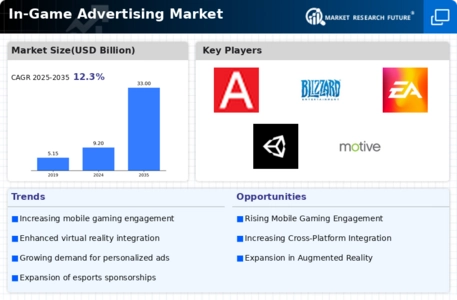
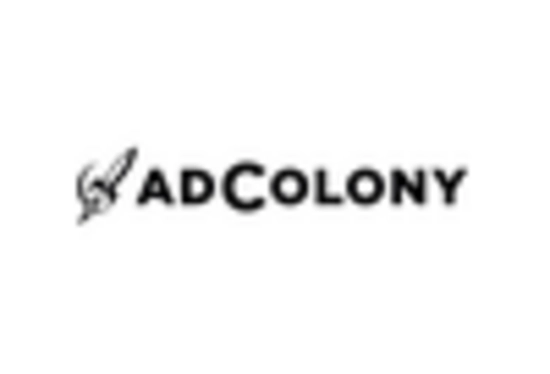

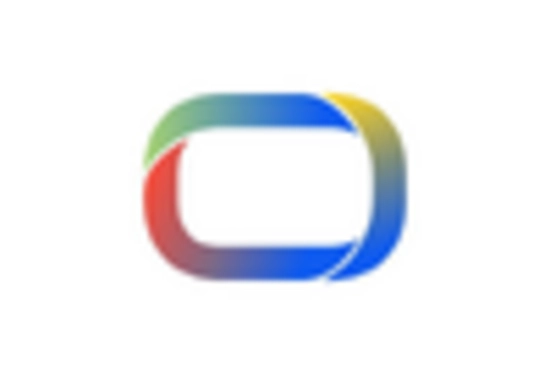
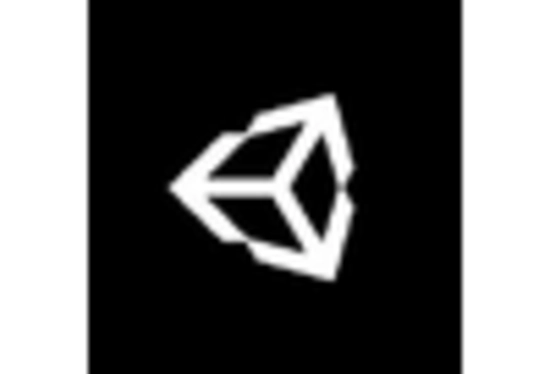
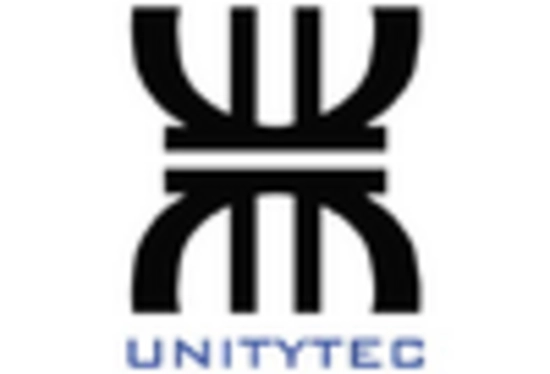
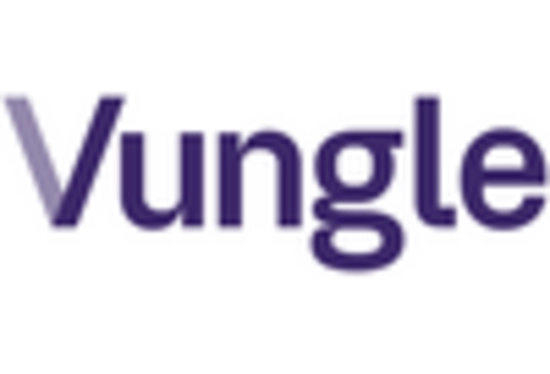

Leave a Comment